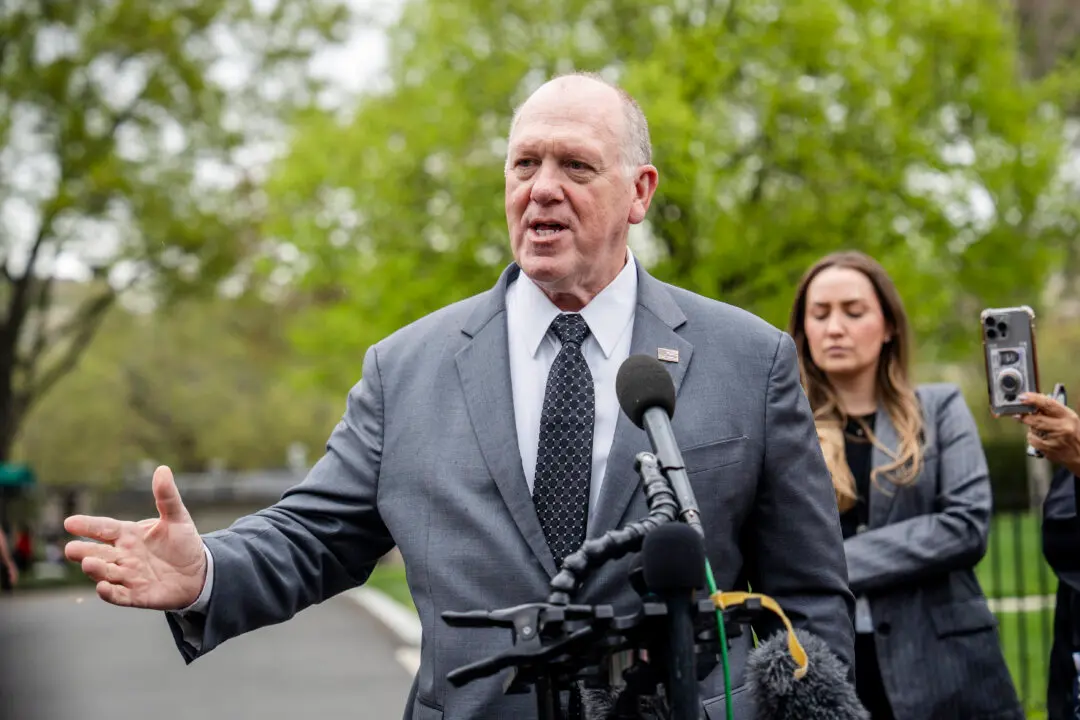A test of the emergency and wireless alert systems will be carried out on Wednesday at 2:20 p.m. ET with a message being sent out by the federal government to all cellphones, radios, and televisions.
What They Say
In a previous news release announcing the Oct. 4 test, FEMA said the message to cellphones will read: “THIS IS A TEST of the National Wireless Emergency Alert System. No action is needed.”A separate message will be sent to televisions and radios. It will say: “This is a nationwide test of the Emergency Alert System, issued by the Federal Emergency Management Agency, covering the United States from 14:20 to 14:50 hours ET. This is only a test. No action is required by the public.” The message sent via radio or television will last about a minute and will include the familiar electronic sound before the message plays.





